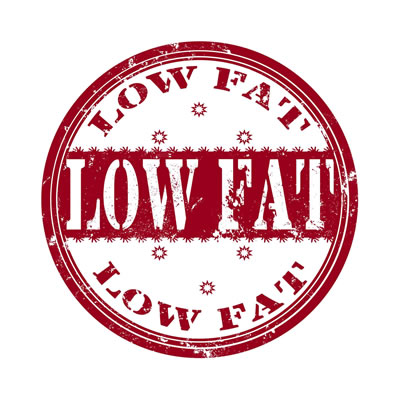
Fat Substitutes
Also known as fat replacers or bulking agents
What are Fat Substitutes?
Fat substitutes are ingredients used to replace or mimic fat in foods and baked products. Ideally, these ingredients should reduce the caloric content and potentially mitigate health problems associated with dietary fats, without compromising the product’s sensory properties.1
There are three categories:2
- Complex polysaccharides (e.g. starches, inulin, maltodextrin, polydextrose, beta-glucan fiber, xanthan and guar gums)
- Proteins (e.g. egg whites, whey proteins )
- Modified fats (e.g. fatty acids esterified with sugars or other types of triglycerides modification)
Origin
The main drivers for the current trend in using fat substitutes is consumer demand for healthier foods. Various types of natural ingredients are commercially-available as fat substitutes in foods and bakery applications.1,2
Function3,4
In addition to calorie reduction, effective fat substitutes should serve the following functions in baked goods:
- Good mouthfeel: by providing smooth sensation and lubrication during eating.
- Retard staling: by retaining moisture and reduced staling. This is mostly pronounced with gums.
- Texture: by maintaining baked goods soft texture.
- Flavor: absence of undesirable flavors that may interfere with baked goods typical flavor profile.
Types/Variations
There are three main categories of fat substitutes which can be used individually or in combination:
- Complex carbohydrates: by binding water, carbohydrates can mimic the texture and viscosity of fats in frozen desserts, snacks and baked goods.2,5
- Proteins: can entrap water to create a creamy texture similar to fats. Other approaches include creating tiny spheres of protein mixtures from egg and whey proteins which are designed to roll on the tongue when eaten.1,5
- Modified fats: include triglycerides that have been esterified with sugars to delay their digestion. This category is not very consumer-friendly due to some undesirable digestive health effects.1,2
Nutrition
Fat substitutes such as proteins and complex carbohydrates contribute less calories to the daily diet. Fiber derived substitutes such as beta-glucans can also provide digestive health benefits as well as allowing dietary fiber health claim.1,2,3
Commercial production
The production process varies with the type of the fat replacer. Fat-based substitutes can be obtained from enzyme-modified oils. Carbohydrate-based ingredients can be obtained from plants or seaweeds. Effective protein-based substitutes can replace fat mouthfeel via their perfectly small spherical-shaped particles made of egg whites and whey proteins.1
Application2
Examples of bakery products that can be formulated with fat replacers include:
- Cakes and muffins: inulin used at up to 50% fat substitution did not show any impact on cakes’ sensory properties despite slight increase in toughness.
- Biscuits: rice starch added up to 20% fat replacement led to decreased volume and increased thickness. Oat powder used at 100% substitution had minimum impact on overall acceptance despite the tendency to form harder biscuits.
- Crackers: inulin is one of the best candidates for fat substitution in crackers. When used up to 75% fat replacement no impact on sensory acceptance or physical and textural properties of crackers were detected.
Here’s a summary of typical advantages and drawbacks of fat substitutes:2
| Fat Substitute | Bakery System | Advantages | Drawbacks |
| Complex carbohydrates | Cakes
Crackers Biscuits Muffins |
|
|
| Proteins | Biscuits
Cakes |
|
|
| Modified fats | Biscuits
Cookies Cakes Brownies6 |
|
|
FDA regulations
Commonly used fat substitutes are generally recognized as safe by the FDA.2,6
References
- O’Sullivan, Maurice. A Handbook For Sensory And Consumer-Driven New Product Development. 1st ed., Elsevier Ltd, 2017, pp. 177-182.
- Colla, Kathryn et al. “Fat Replacers In Baked Food Products”. Foods, vol 7, no. 12, 2018, p. 192. Researchgate, doi:10.3390/foods7120192. Accessed 4 Apr 2020.
- Caballero, Benjamin et al. Encyclopedia Of Food Sciences And Nutrition. 2nd ed., Elsevier Science, 2003.
- “Fat Replacers – Review”. Vol 12, no. 2, 2006, pp. 433-442., Accessed 10 Apr 2020.
- Marcus, Jacqueline B. Culinary Nutrition:The Science And Practice Of Healthy Cooking. 1st ed., Elsevier/Academic Press, 2013, pp. 265-266.
- Omayma, E., and M. M. Youssef. “Fat replacers and their applications in food products: A review.” Journal Food Science and Technology 4.1 (2007): 29-44

